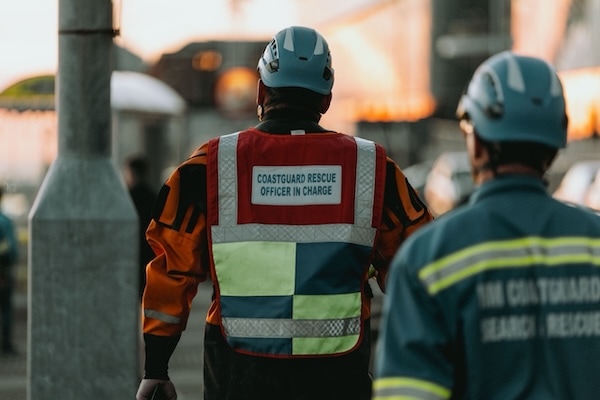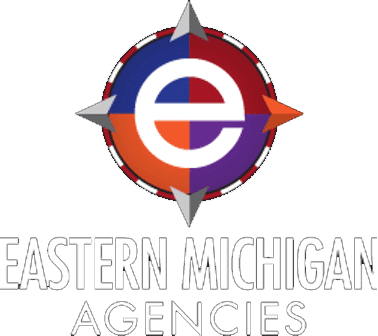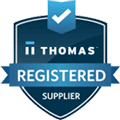The Occupational Safety and Health Administration (OSHA) sets forth stringent regulations for working at heights, crucial for industries such as construction, maintenance, and utilities. Navigating these regulations is not just a compliance issue; it is a fundamental aspect of ensuring worker safety in elevated environments. This guide aims to provide a clear understanding of these regulations and practical advice for their implementation.
Understanding OSHA’s Fall Protection Standards
OSHA’s fall protection standards are designed to protect employees from the hazards associated with working at heights. These standards specify the minimum safety requirements for different work scenarios and include guidelines on fall protection systems, training, and emergency procedures.
Key Components of OSHA Standards
- Fall Protection Systems: OSHA requires the use of fall protection systems such as guardrails, safety nets, or personal fall arrest systems in work areas with an unprotected edge above a certain height.
- Training Requirements: Employers are mandated to provide training to workers on the correct use of fall protection equipment and the identification of fall hazards.
- Inspection and Maintenance: Regular inspection and maintenance of fall protection equipment are required to ensure its effectiveness and safety.
Applying OSHA Regulations in Construction Sites
Construction sites often present varied and dynamic fall hazards. Compliance involves:
- Implementing Guardrails and Safety Nets: Wherever feasible, permanent fall protection solutions like guardrails or safety nets should be installed.
- Personal Fall Arrest Systems: In situations where guardrails or safety nets are impractical, the use of personal fall arrest systems like harnesses and lanyards is required.
Working on Roofs and Elevated Structures
When working on roofs and elevated structures, OSHA regulations require:
- Proper Edge Protection: Guardrails or warning line systems should be installed around the periphery of roofs.
- Controlled Access Zones: Establishing controlled access zones where only authorized personnel are allowed to enter.
Training and Competency
Under OSHA regulations, employers are responsible for ensuring that:
- Workers are Trained: All personnel working at heights must receive comprehensive training on fall hazards and the use of fall protection systems.
- Competency is Assessed: Regular assessments of workers’ understanding and application of safety practices are necessary.
Regular Inspections and Record-Keeping
A critical aspect of complying with OSHA regulations is:
- Conducting Regular Inspections: Fall protection equipment and systems must be inspected regularly for signs of wear or damage.
- Maintaining Records: Documentation of training sessions, inspections, and any incidents is crucial for compliance and for identifying areas for safety improvements.
Emergency Response and Rescue Plans
OSHA standards require employers to have:
- Emergency Response Plans: Plans should be in place for prompt rescue of fallen workers or those in distress at heights.
- Training in Emergency Procedures: Workers should be trained in emergency response and rescue procedures.
Creating a Culture of Safety
Beyond compliance, creating a workplace culture that prioritizes safety is essential. This involves:
- Encouraging Worker Participation: Workers should be encouraged to report potential fall hazards and participate in safety discussions.
- Continuous Safety Education: Regular safety meetings and updates on new regulations or safety equipment are important.
Navigating OSHA regulations for working at heights is a crucial component of workplace safety. By understanding and rigorously implementing these standards, employers can significantly reduce the risk of fall-related injuries and fatalities. A commitment to safety, continuous training, and fostering a culture of proactive safety compliance are key to protecting workers in elevated work environments.







